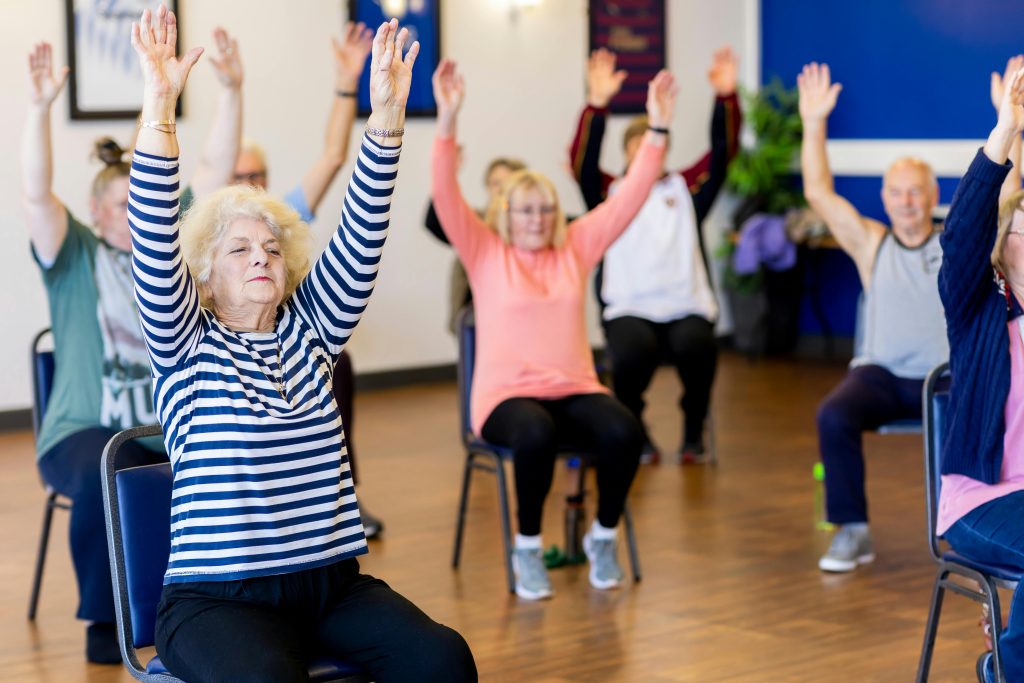You’re sitting at the kitchen table, bills spread out like a losing hand of cards. The rent is due. The kids need shoes. The fridge echoes when you open it. You know you need help—but where do you even start?
Here’s what most people don’t tell you: Hidden lifelines exist in every community. From free dental clinics to summer lunch programs for kids, millions of dollars in assistance go unclaimed every year simply because families don’t know they’re available.
This guide will show you how to access:
- Free food programs (beyond food banks)
- Medical care at little-to-no cost
- Utility and rent assistance that could save your home
- Childcare help so you can work without worry
1. Putting Food on the Table (Without Breaking the Bank)
Supplemental Nutrition Assistance Program (SNAP)
- What it is: Monthly funds for groceries via EBT card
- Who qualifies: Families making up to 130% of poverty level ($3,007/month for family of 4)
- Average benefit: $250 per household monthly
- How to apply: Local SNAP office or online application
Little-known fact: Many farmers markets now double SNAP dollars for fresh produce.
National School Lunch Program
- Free/reduced meals: Covers 30 million students yearly
- Summer meal sites: 7,000+ locations serve free lunches when school’s out
- How to enroll: School office or district website
Pro tip: Some districts provide weekend meal backpacks for food-insecure students.
Local Food Pantries (Beyond Canned Goods)
Many now offer:
- Fresh produce from “gleaning” programs
- Baby formula and diapers
- Pet food for furry family members
Find help: Feeding America’s food bank locator serves 40 million Americans annually.
2. Keeping the Lights On: Utility Assistance Programs
Low Income Home Energy Assistance Program (LIHEAP)
- What it covers: Heating/cooling bills, furnace repairs
- Average benefit: $400-500 yearly
- Who qualifies: Incomes up to 150% poverty level
Winter lifesaver: Some states offer free weatherization to cut energy bills by 30%.
Lifeline Phone/Internet Services
- Free smartphones: Via Assurance Wireless, SafeLink
- $30/month internet: Through Affordable Connectivity Program
- How to apply: Provider websites or local libraries
Shocking stat: 25% of low-income households lack home internet access for job searches.
3. Healthcare When You’re Uninsured
Community Health Centers
- Sliding scale fees: As low as $20 per visit
- Services: Dental, mental health, pediatric care
- Locations: 1,400+ centers serve 29 million Americans
Bonus: Many offer free transportation to appointments.
Prescription Assistance Programs
- GoodRx: Cuts medication costs by up to 80%
- Pharma company programs: Free meds for qualifying patients
- County health departments: Often provide free vaccines
Critical note: 60% of personal bankruptcies stem from medical bills—always ask about financial aid.
4. Childcare Solutions That Won’t Empty Your Wallet
Head Start/Early Head Start
- Free preschool: For families at/below poverty line
- Includes: Meals, developmental screenings, family support
- Enrollment: 1 million children served yearly
Child Care Subsidies (CCDF)
- What it covers: Partial/full daycare costs
- Income limits: Vary by state (often up to 85% state median income)
- Waitlist tip: Apply even if lists are long—funds refresh quarterly
Alternative option: Family co-ops where parents swap babysitting hours.
5. Housing Help Before Eviction Hits
Emergency Rental Assistance
- Covers: Back rent, future rent, sometimes utilities
- COVID-era programs: Many still have funds in 2024
- How to apply: 211.org connects to local programs
Section 8 Housing Choice Voucher
- Pays: 70% of rent for qualifying families
- Waitlist strategy: Apply in multiple counties
- Average wait time: 2-5 years (but some lotteries move faster)
Keep in mind: Landlords can’t refuse vouchers in 20+ states.
6. Transportation for Job Access
Job Access Reverse Commute (JARC)
- Free/reduced rides: To workplaces outside bus routes
- Who qualifies: Low-income workers in participating areas
Bike Share Programs
- $5 monthly memberships: In many cities
- Helmet/lock included: Some workforce programs
Car alternative: Nonprofit mechanic shops offer low-cost repairs to keep your vehicle running.
7. Education and Job Training at No Cost
Workforce Innovation and Opportunity Act (WIOA)
- Free training: For in-demand careers (healthcare, IT)
- Includes: Certification costs, interview clothes
- Locations: 600+ American Job Centers nationwide
Local Library Resources
- Free: Career coaching, resume help, LinkedIn photos
- Hidden gem: Many lend hotspots, tools, museum passes
Success story: Amazon’s Career Choice pays 100% tuition for warehouse workers.
8. Mental Health Support Without High Costs
Community Counseling Centers
- Sliding scale therapy: As low as $5/session
- Support groups: Grief, addiction, parenting stress
Warm Lines (Non-Crisis Support)
- Free peer counseling: For everyday struggles
- No insurance needed: Available in most states
Important distinction: Unlike suicide hotlines, warm lines help before crisis hits.
How to Find These Programs in Your Area
Dial 211
- 24/7 helpline: Connects to local resources
- Database: Updated real-time with available aid
Benefits.gov Screening Tool
- 3-minute quiz: Reveals all programs you qualify for
- Covers: 1,000+ federal/state assistance programs
Pro move: Bookmark your local Community Action Agency website—they coordinate multiple services.
There’s an unspoken shame in asking for help—as if needing assistance makes you less capable. But consider this:
Every society throughout history has understood that communities survive by lifting each other. The farmer shares crops. The teacher stays late. The neighbor watches your kids in a pinch. Modern assistance programs are simply that ancient wisdom in organized form.
So if you’re hesitating to apply, remember:
- Your taxes fund these programs—you’ve already paid into the system
- 40% of Americans use assistance at some point—you’re in good company
- Getting help now means you’ll be the one offering it later
Start today with one call or click. Because the strongest families aren’t those who never struggle—they’re the ones who know how to find the hands reaching out to help them stand.
And those hands? They’re waiting for you right now.

